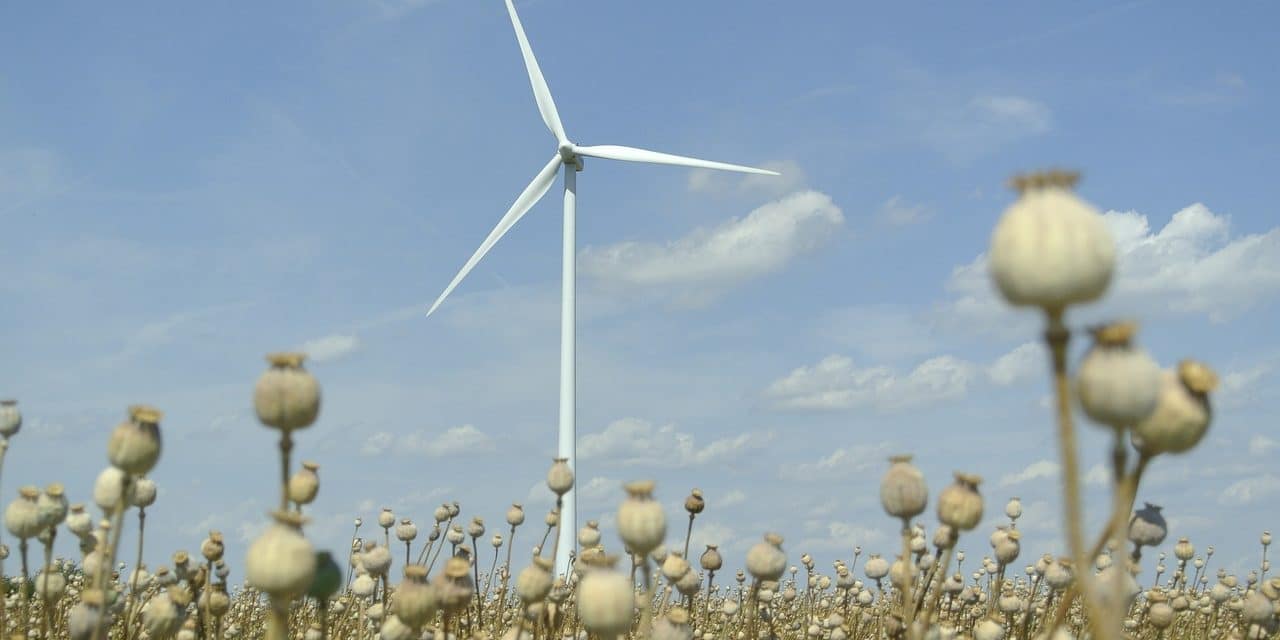Residential wind power is growing rapidly across the United States as one of the most cost-efficient forms of energy for the home. Installations of home wind power systems have skyrocketed in the past three years as wind turbine technology has improved, incentives have increased and oil and electricity prices have fluctuated. No longer confined to remote locations or wind farms, residential wind power has sprouted up in cities and suburbs with new and innovative wind generator designs like the vertically oriented Helix wind turbine. Residential wind power installations have come of age as a key component of the trend towards renewable energy sources like solar energy, biomass, hydroelectric, tidal, and geothermal.
Should I buy a residential wind power installation for my home?
A residential wind power system is usually not suitable for urban or suburban locations with small lots. A property size of one acre or more is needed to accommodate a wind turbine’s large scale — it needs to be high above nearby buildings and mature trees. Zoning laws must also be taken into account. Vertical access wind turbines (VAWT) can alleviate this restriction in some cases, as the turbine requires less space.
In order to make a residential wind power installation economically viable, one should pay close attention to wind speed and the cost of purchasing electricity. Your site should have an average wind speed of at least 10-12 mph. Your cost of electricity should be at least 10 cents/kWh.
Residential wind power generators have been installed in all 50 states. Most of the installations have been in Northeast, West and the Mid-Western plains, where average wind speeds are higher and state incentive programs encourage the growth of renewable energy options for producing electricity.
Residential wind power installation
There are two options — you can buy a complete turnkey (ready-to-operate) installation from a dealer or purchase directly from a factory and install the system yourself. With the first option comes more customer support from the company. Installing the system yourself is much less expensive and gives you the opportunity to gain a useful hands-on understanding of the turbine.
A residential wind turbine system is a major purchase. There are many factors to evaluate — cost, durability, company reputation, the level of customer service provided, parts and service available, and warranty information. Ask for references from customers with similar installations.
Residential wind power – what size turbine?
An average size home needs a wind turbine that can produce between 3 to 7 kilowatts. The size needed is largely dependent on the average wind speed in the area.
How much does a residential wind power system cost?
Residential wind power installations are somewhat expensive. However, current federal, state and local energy incentives can significantly reduce those costs by 50-60%. A typical residential system costs from $3,000 to $6,000 for every kilowatt of generating capacity. Most homes need a system that can generate in the range of 3 to 7 kilowatts, so an installed system could cost as little as $10,000 and as much as $40,000. Applying the rebates reduces these numbers by half. You can find out if wind power is right for you by speaking with a local residential wind turbine installer.
It can take from 6 to 20 years for the system to pay for itself. Rebates or tax credits can significantly reduce upfront costs. Bottom-line, a well-sited small wind residential system can pay for itself within 15 years. This is about half the serviceable lifetime of the system.


